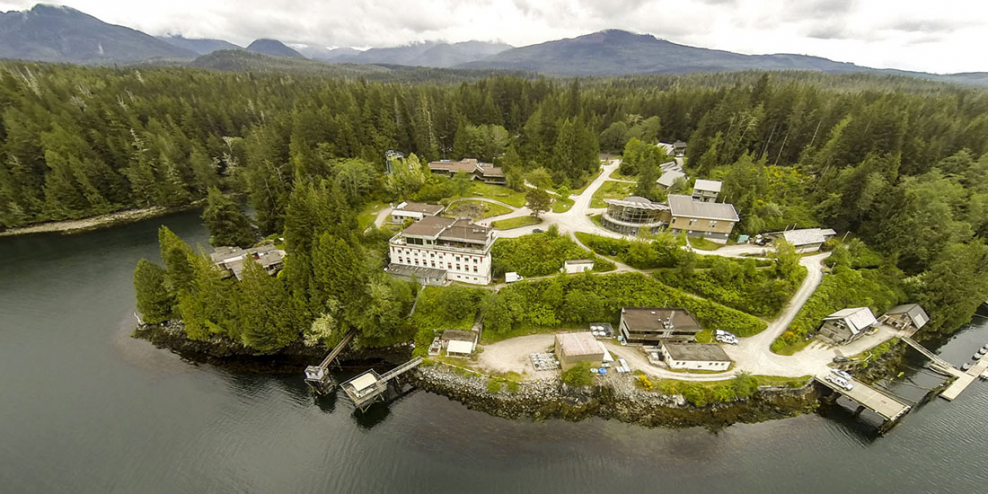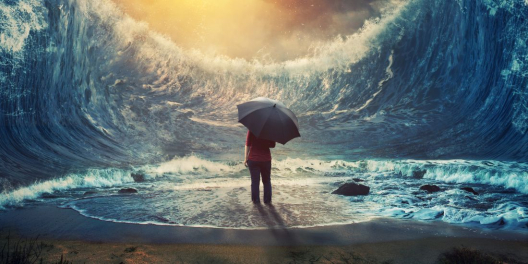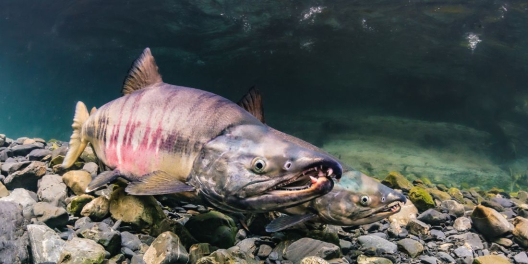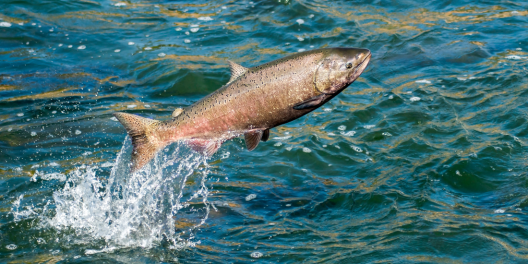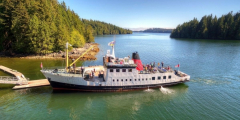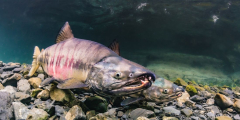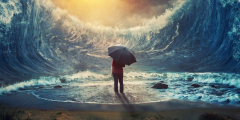The Bamfield Marine Sciences Centre is surrounded by tall trees, deep seas, and marine biodiversity. And this summer, the facility celebrates 50 years of ocean research and education.
But the site didn’t start off as a research facility.
Perched on a point between Bamfield Inlet and Port Désiré, this area was once the Pacific Cable Board Cable Station. Between 1901 and 1959, it was the eastern terminus of a 6,400-km-long undersea cable. That cable sent telegraphs between Vancouver Island and Fanning Island, some 1,600 kilometres south of Hawaii.
At the time, it was the longest undersea cable in the world.
Francis Rattenbury, one of BC’s most famous architects, designed the original cable house. The talented but troubled architect also designed the BC Parliament Buildings, the Empress Hotel, and the Vancouver Courthouse, among other famous landmarks.
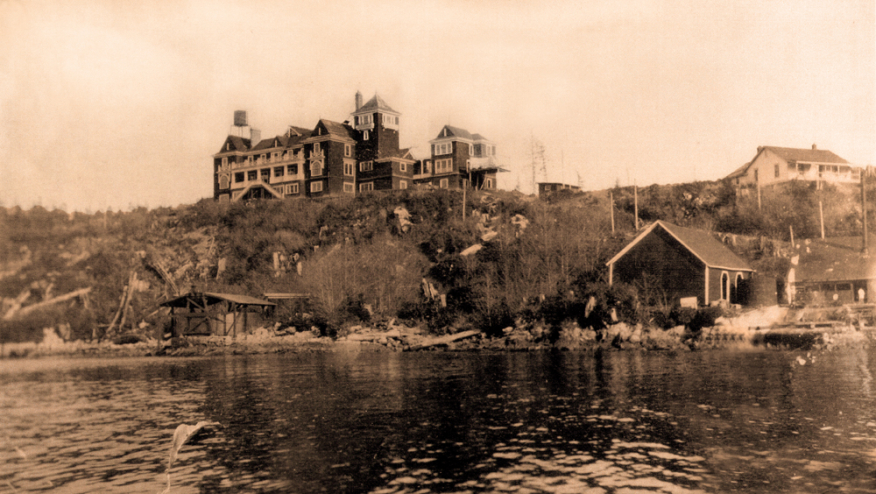
But the days of the cable house were numbered when the last telegram left in 1959. Not long after, the government had the cable house demolished and burned to the ground.
It was time for a new vision for this prime piece of government land. So in 1969, Canada’s five western universities, Victoria, Simon Fraser, Calgary and Alberta, formed the Western Canadian Universities Marine Biological Society. The old cable site had one concrete office building that still stood overlooking the ocean.
They bought the property, and builders broke ground on a new research facility in 1971. The following year, Dr. Louis Druehl and Dr. Bill Austin taught the first courses in a temporary location while workers finished construction.
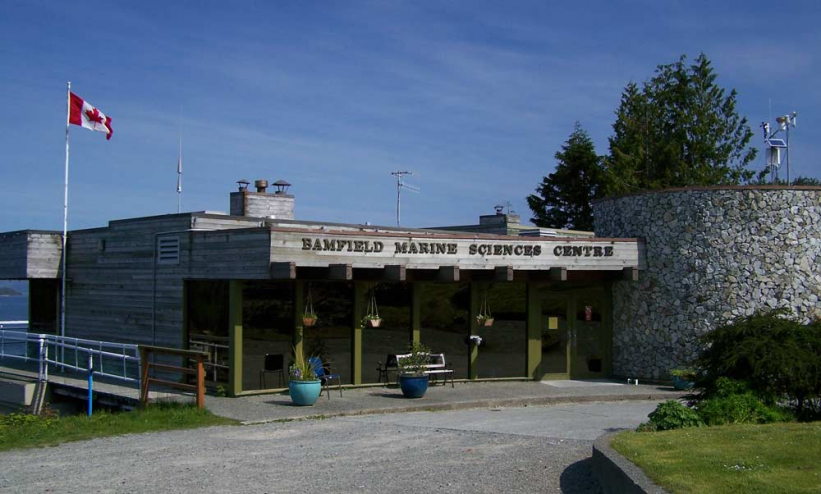
Bamfield is an incredible place for marine research and education. This tiny coastal outport is located next to the rich waters of Barkley Sound and on the doorstep of the Pacific Rim National Park Reserve. It also lies in the heart of traditional Huu-ay-aht First Nation territory.
Today, the centre hosts scientists from around the world. Research is underway in many fields, including climate change, biodiversity, and resource management.
In addition, university students head to Bamfield to take credit courses in topics like invertebrate zoology and coastal conservation. The centre also hosts K to 12 students for field trips throughout the year.
It hasn’t been without its troubles. The site is at the end of a dangerous logging road. Two UVic students were killed on a field trip when their bus rolled trying to avoid a passing Jeep. Though the facility has been operating for 50 years and hundreds of Huu-ay-aht people live in the area, the road is only now being fixed up.
Dr. Sean Roger, who studies fish adaptation to environmental changes, currently heads up the world-class centre as director.

